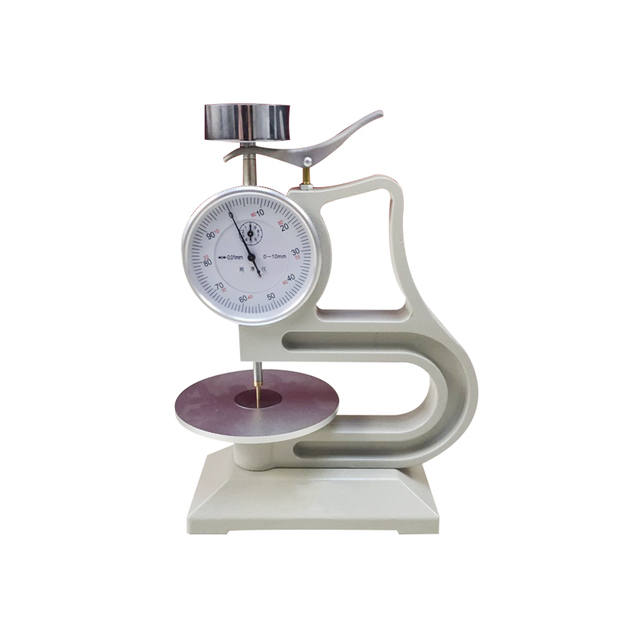automatic optical measurement machine
The Advancements in Automatic Optical Measurement Machines
In the realm of precision engineering and quality control, Automatic Optical Measurement Machines (AOMMs) have emerged as pivotal instruments that enhance accuracy and efficiency in various industries. These sophisticated tools leverage advanced optical technologies to measure the dimensions, shapes, and surface characteristics of components with unmatched precision. This article delves into the importance, functionalities, and future of AOMMs in modern manufacturing.
What are Automatic Optical Measurement Machines?
Automatic Optical Measurement Machines are automated systems designed to perform non-contact dimensional measurements using optical techniques. Unlike conventional measurement tools that necessitate physical contact with the part, AOMMs utilize light projections and image processing to gather data about the object's geometry. This non-invasive approach minimizes the risk of damaging delicate parts and enables fast, reliable measurements.
Key Components and Features
AOMMs are equipped with various components that contribute to their high-performance capabilities. Central to these machines is the optical system, which often includes high-resolution cameras, microscopes, and laser triangulation devices. These elements work together to capture detailed images of the subjects being measured.
AOMMs also incorporate advanced software algorithms that process the captured images in real time. These algorithms analyze the features of the object, calculating precise measurements such as length, width, height, diameter, and angles. The data is then compared against predefined tolerances, ensuring that each component meets quality standards.
Moreover, many AOMMs come with automated features such as programmable measurement procedures, statistical process control, and integration with other manufacturing systems. These functionalities enable manufacturers to streamline their operations, reduce human error, and maintain high levels of productivity.
Applications Across Industries
automatic optical measurement machine

The versatility of Automatic Optical Measurement Machines allows them to serve in various fields, including automotive, aerospace, electronics, and medical device manufacturing
. In the automotive sector, AOMMs play a critical role in inspecting intricate components like gears, crankshafts, and engine parts, where precision is vital.In aerospace, AOMMs help ensure that components meet stringent regulatory standards, vital for maintaining safety and reliability. The electronics industry benefits from AOMMs in the inspection and measurement of circuit boards, connectors, and semiconductor wafers, where even minute deviations can lead to system failures.
The medical device industry, too, relies on AOMMs to guarantee that products such as implants and surgical instruments meet exact specifications, thereby enhancing patient safety and device performance.
The Future of AOMMs
The future of Automatic Optical Measurement Machines looks promising, driven by technological advancements in machine vision, artificial intelligence, and data analytics. As these technologies mature, AOMMs will become even more sophisticated, capable of performing complex measurements faster and more accurately.
Furthermore, the integration of Industry 4.0 principles will see AOMMs become interconnected devices within smart manufacturing ecosystems. This connectivity will allow for real-time monitoring, data collection, and analysis, leading to improved decision-making and operational efficiency.
The ongoing development of portable versions of AOMMs is also noteworthy. These compact machines will empower manufacturers to conduct quality control checks on-site, providing immediate feedback and reducing the time and costs associated with transporting parts to dedicated measurement facilities.
Conclusion
In conclusion, Automatic Optical Measurement Machines represent a significant leap forward in the domain of precision measurement and quality assurance. Their ability to provide accurate, fast, and non-contact measurements is revolutionizing manufacturing processes across numerous industries. As technology continues to evolve, AOMMs will undoubtedly play an increasingly integral role in shaping the future of precision engineering, ensuring that manufacturers can meet the demands of a constantly changing market. Embracing these advancements will not only enhance product quality but also foster innovation and efficiency in manufacturing practices.
-
Why the Conductor Resistance Constant Temperature Measurement Machine Redefines Precision
NewsJun.20,2025
-
Reliable Testing Starts Here: Why the High Insulation Resistance Measuring Instrument Is a Must-Have
NewsJun.20,2025
-
Flexible Cable Flexing Test Equipment: The Precision Standard for Cable Durability and Performance Testing
NewsJun.20,2025
-
Digital Measurement Projector: Precision Visualization for Modern Manufacturing
NewsJun.20,2025
-
Computer Control Electronic Tensile Tester: Precision and Power for the Modern Metal Industry
NewsJun.20,2025
-
Cable Spark Tester: Your Ultimate Insulation Assurance for Wire and Cable Testing
NewsJun.20,2025
 Copyright © 2025 Hebei Fangyuan Instrument & Equipment Co.,Ltd. All Rights Reserved. Sitemap | Privacy Policy
Copyright © 2025 Hebei Fangyuan Instrument & Equipment Co.,Ltd. All Rights Reserved. Sitemap | Privacy Policy
